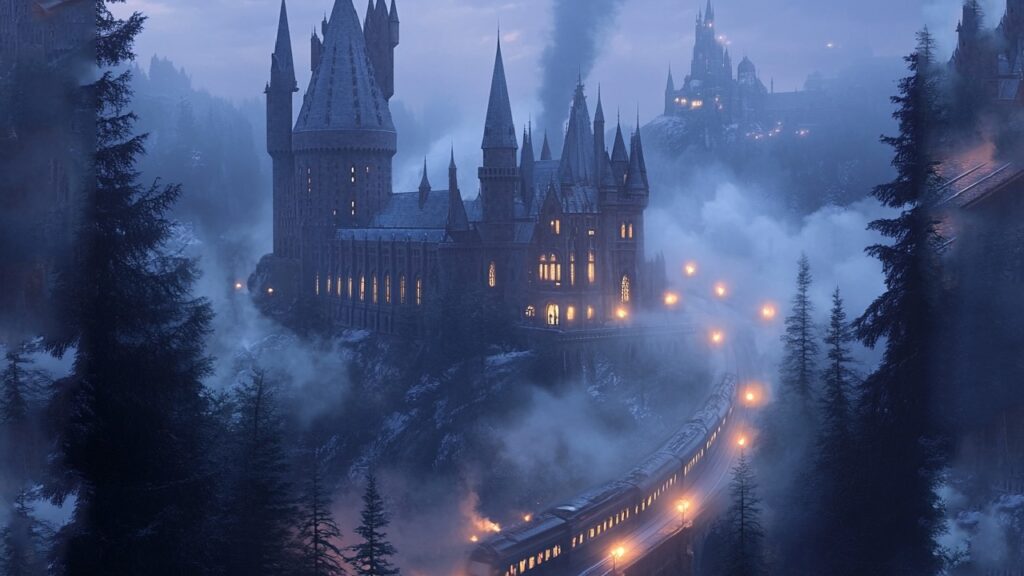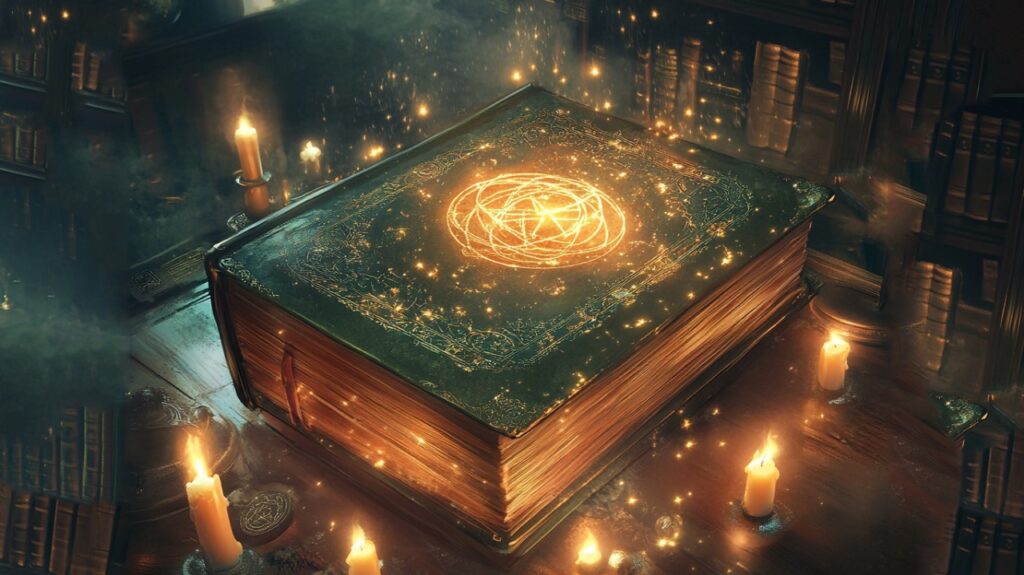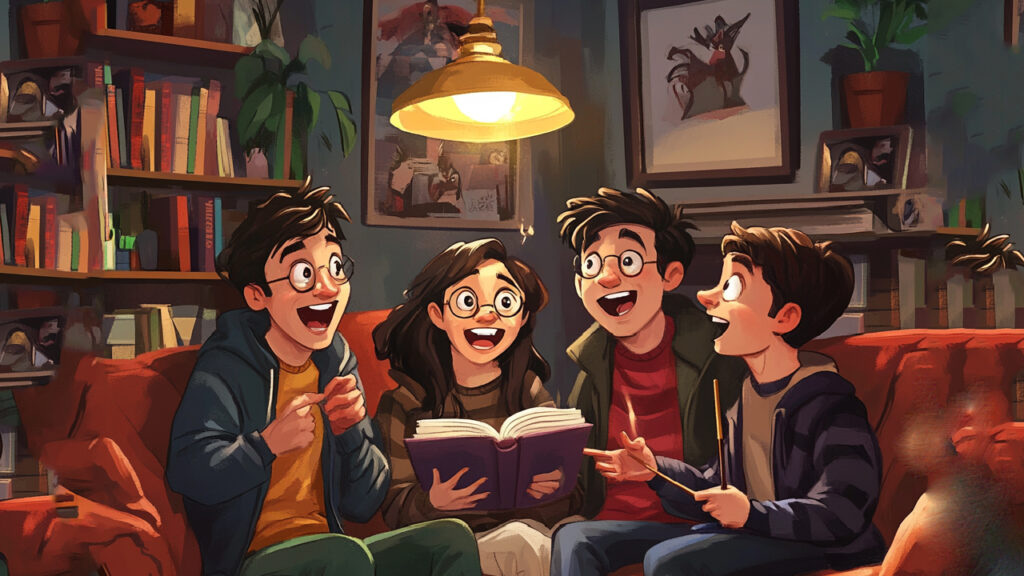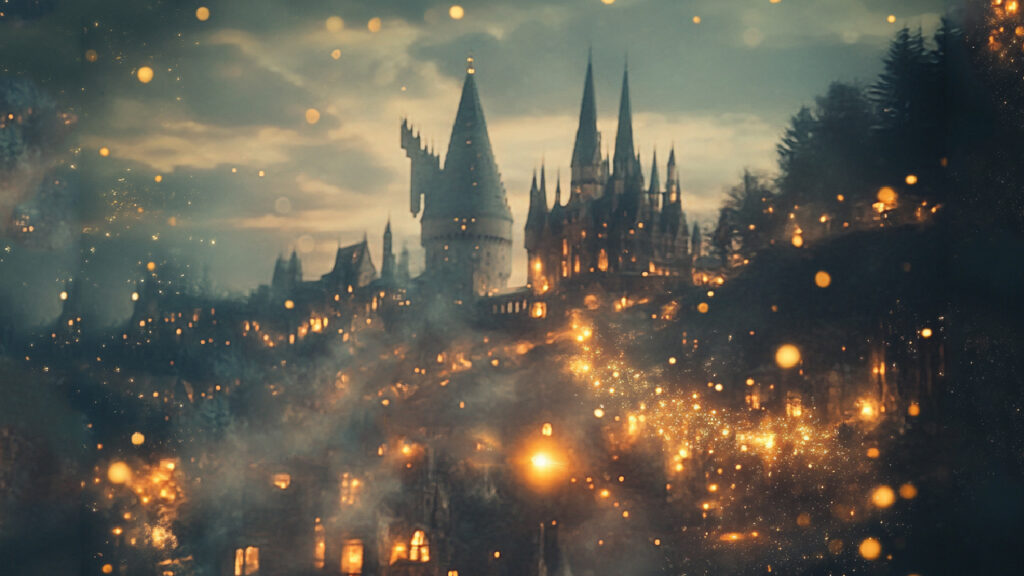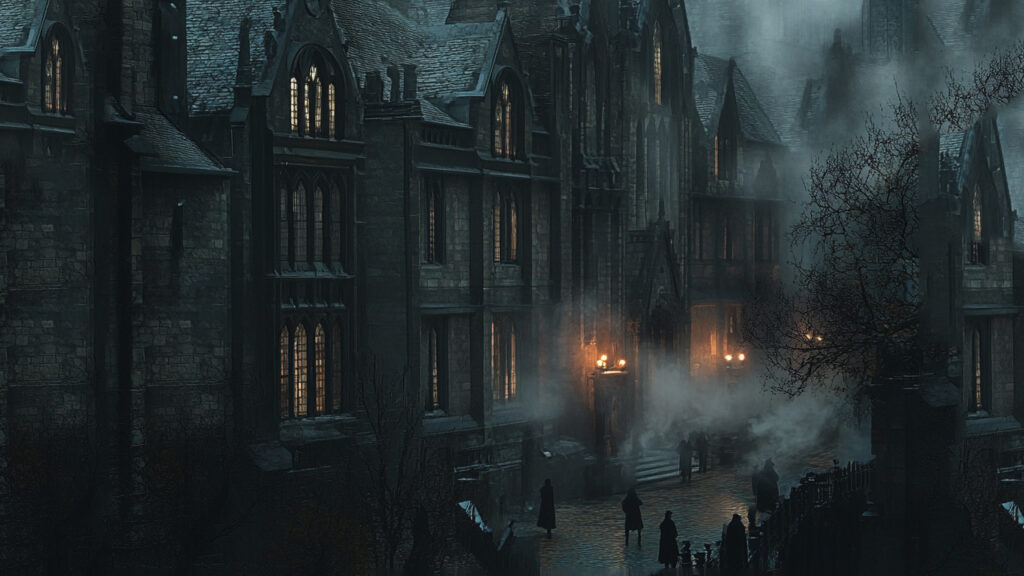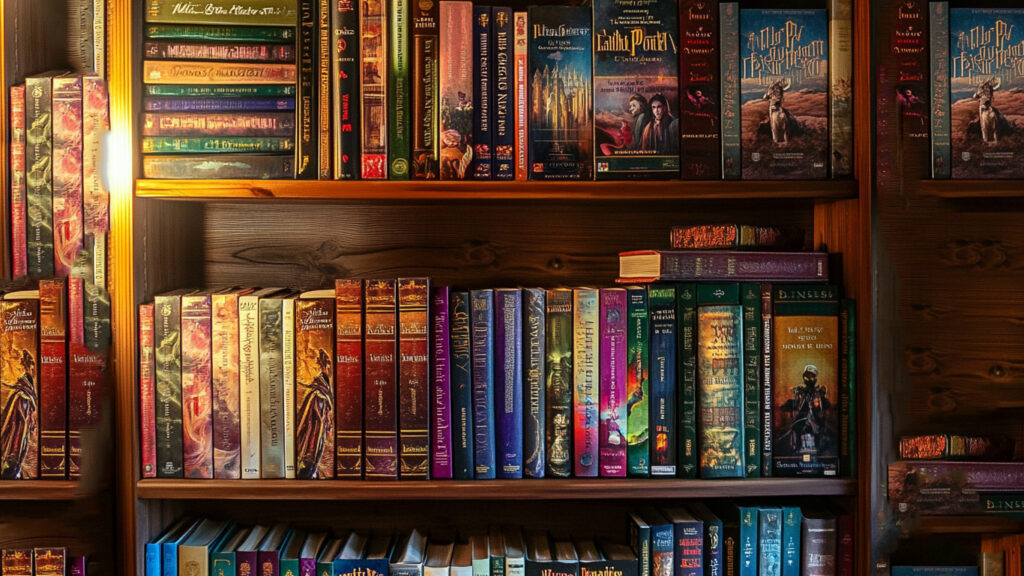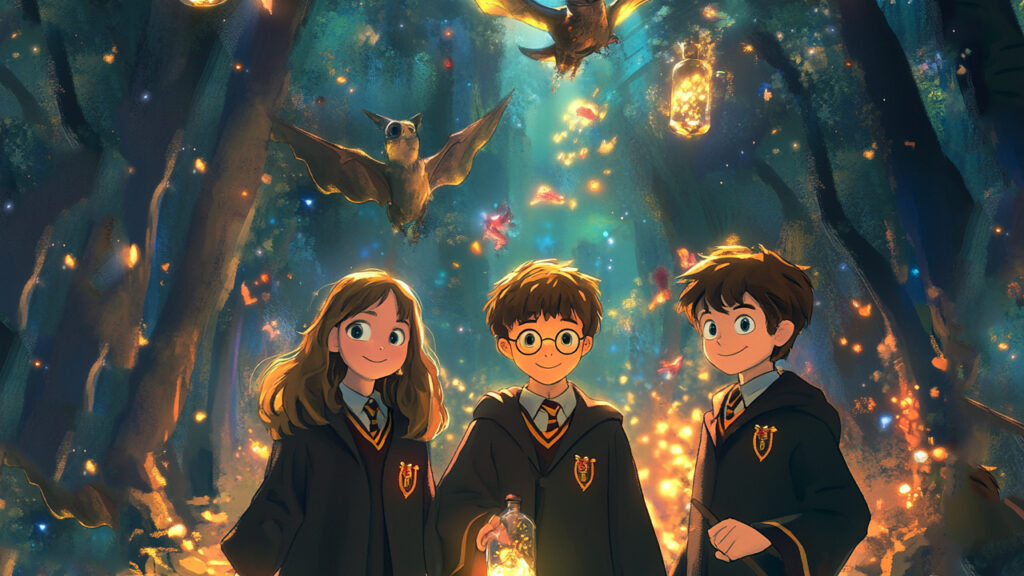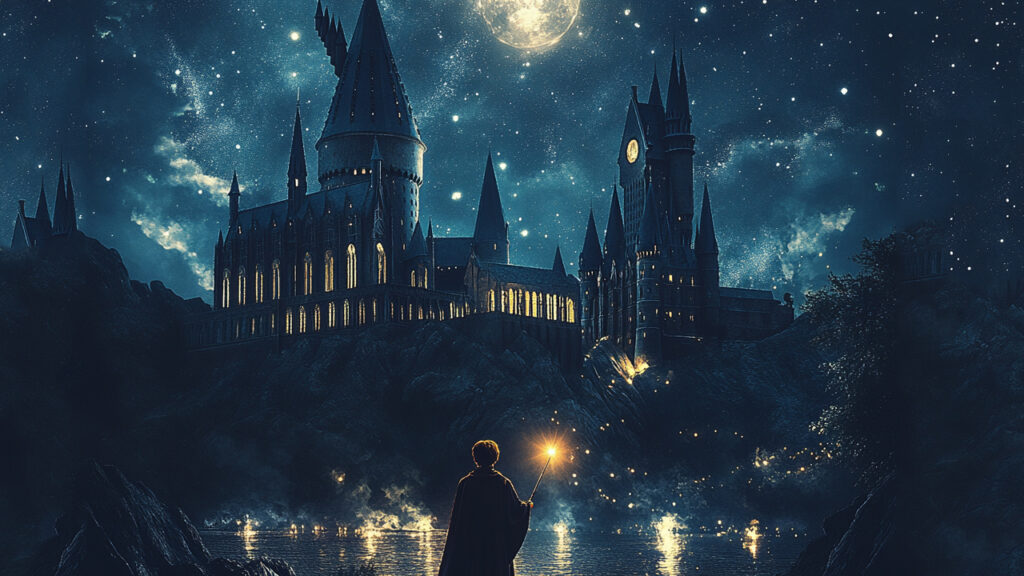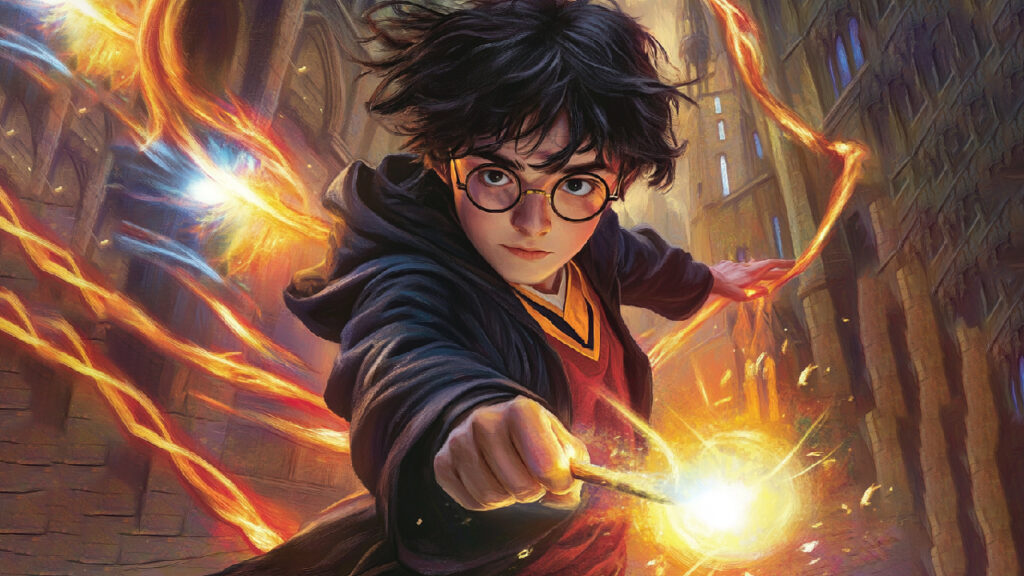Harry Potter, the little orphan boy living with his aunt and uncle, miserably, had no idea that one day he would step into a magical world where his life would be changed forever. The story seems like it came true for its writer as well. J.K. Rowling was an unknown writer who coincidentally had thought of the wizarding world while waiting for her train. She had no idea that this one writing piece would change her life for good. The influence of Harry Potter on modern media has surprised critics to the core. This series was so popular that it changed a whole generation. The movies that were created after the series were big blockbusters. Each movie broke the previous one and became a milestone in the fantasy genre movies. The first movie, Harry Potter: the Philosopher’s Stone, has a big contribution to the fantasy genre movies. Before Harry Potter, the movies based on the fantasy genre were just able to make a little profit. But Harry Potter broke all the records and brought a new trend to the industry. Directors became interested in directing this type of movie. People were interested in investing in this type of movie. This was a revolutionary move for the film industry declaring Harry Potter as a cultural phenomenon.
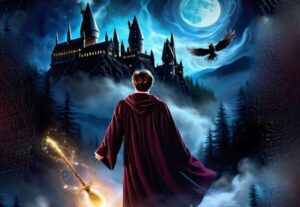
Harry Potter books were already a big phenomenon, but Warner Bros. added some more magic to this event. They made eight movies out of the seven books, separating the last book into two movies and making the intense atmosphere more attractive to the audiences. The style of filmmaking and how they situated the plot book-wise are amazing. It was tough work to create the magical world in reality and give the audiences a proper movie, but they did a really good job, and the movies were admired by all. The technology used in the movies helped a lot in giving life to the wizarding world. The idea of creating movies out of the book series helped others to have courage and give a chance to their imagination.
The Evolution of Book-to-Movie Adaptations
Harry Potter’s movie adaptation was a huge success thanks to the genius minds of the creators. It shows many ways to the world how to make a book series adapted movie successful. They are:
1. Faithful Adaptation with Creative Liberty:
The films were made by maintaining the balance with the book appropriately. It preserved the key plot points and character arcs while allowing creative adaptation. It secures the place for both avid readers and new audiences, making sure that the book and the cinematic world coexist.
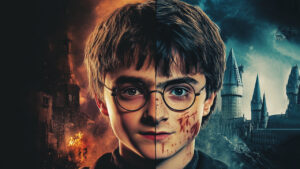
2. Epic World-Building:
The Harry Potter cinematic world has created the wizarding almost perfectly that it seemed so real to the audiences. They detailed it with iconic locations like Hogwarts, Diagon Alley, and the Forbidden Forest. This emphasis on immersive environments has influenced many filmmakers to pay more attention to visual authenticity.
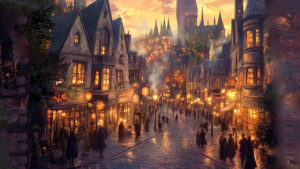
3. Multi-Part Storytelling:
The decision to separate the final book, Harry Potter and the Deathly Hallows, into two films paved the way for other franchises to explore similar techniques. The multi-part storytelling allows for deeper character-building and more subtle narratives.
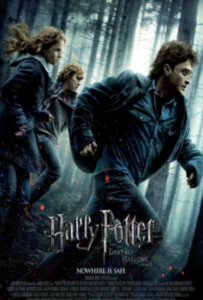
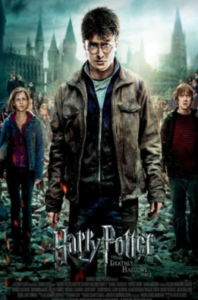
4. Marketing and Merchandising:
The Harry Potter franchise set a new marketing strategy for book-to-film adaptations. Harry Potter launched extensive merchandise, themed parks, and video games, which made them into a cultural phenomenon. This approach helped the franchise to secure future branding beyond the films, encouraging future adaptations to adopt similarly.

5. High-Quality Special Effects:
Harry Potter has shown how to use special effects in fantasy storytelling. It did a good job of visualizing magic. The CGI, with practical effects, helped the creators to bring life into magical elements like Quidditch matches, spell-casting duels, and fantastical creatures (e.g., Buckbeak, dragons, and house elves). These effects draw the audiences to the fantastical world. Later adaptations such as The Hunger Games, Fantastic Beasts, and The Lord of The Rings followed this model. Many sci-fi franchises, from Marvel to Game of Thrones, were focused on blending real-world elements with effects inspired by Harry Potter.


6. Casting:
One of the best decisions for Harry Potter was its impeccable casting. The choice of Daniel Radcliffe, Emma Watson, and Rupert Grint as the core trio was the best decision ever. The cast were little children, and the movie keeps moving forward. They also grow up with it, creating an emotional attachment with the audience. This motivates other adaptations such as The Hunger Games and Twilight, which similarly cast young actors as the main characters.
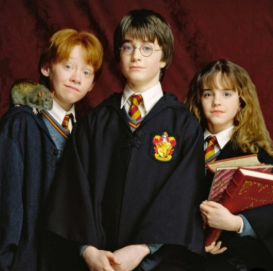
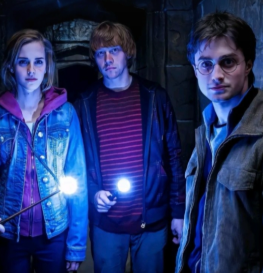
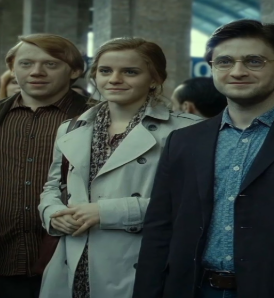
7. Engaging Storytelling:
Harry Potter kept their loyalty to their book while making some necessary changes to the cinematic world. This delicate balance became the standard for future adaptations. Remaining true to the essence of the story is crucial for fan satisfaction. Adaptations like The Hunger Games, Divergent, and Percy Jackson followed suit, respecting core storylines while making some changes to adapt the storyline to the film structure.
Franchise Model: The Birth of a New Hollywood Formula
The Harry Potter franchise has set a different level of template for the next franchises. It was adapted from the book into movies. Later, there were video games, and many more business angles were set centering on the Harry Potter series. Harry Potter-themed parks are also a huge investment from the franchise, which is a huge success as well. Fans come and enjoy the rides that provide the feeling of living in the world of magic. Alongside these rides comes the merchandise. Exclusive merchandise such as hand-crafted wands, Nimbus 2000, Quidditch Golden Snitch, the four houses themed mufflers and sweaters, and even books with limited edition leather covers can be found. These marketing policies were followed later on by books like The Hunger Games and Twilight. They made films based on the books without changing the main plotline much. Even though they followed the Harry Potter series, they weren’t able to catch up with the pace of it, but they were successful and earned a huge profit. Later, they even tried to sell related merchandise so the fans could relate and interact with the series more.

Harry Potter’s iconic decisions were made by separating the final book into two parts: movies. By this, the audiences felt more attracted to the series and felt the urge to know what was going to happen next. This makes the storytelling stronger. Other franchises also used the strategy of multi-part final movies and this worked for them as well. Such franchises are Twilight and The Hunger Games, which split their last films into two parts, which was a big success for them as well.
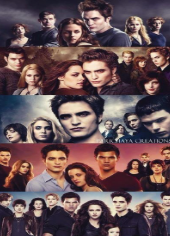
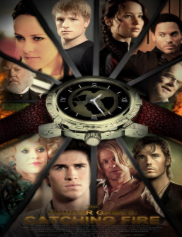
The Harry Potter series has played a massive role in changing the working style of modern media. The Harry Potter franchise was such a big success that other works were also drawn to it. Works like The Hunger Games, Twilight, and The Lord of The Rings are created following the footprints. They build character arcs and long-term storytelling, which helped the movies reach the targeted audiences. The film industry was influenced by investing in fantasy genres and new worlds. People were attracted to adapted movies, and it became a trend. Harry Potter brought a new era in the film industry and changed the mindset of both consumers and creators. The contribution of Harry Potter to the film industry and fantasy genre is undeniable


